Hashtags are used to organize the content on social networks such as Twitter, Instagram, Facebook, Google+ and Pinterest, so that users, after clicking on the hashtag in hand, they will see the content related to that topic.
Although we are tired of hearing this word and even using it, we don’t always use hashtags properly. That’s why we will talk about when it is convenient to use them and how to use them according to the social network.
WHEN SHOULD WE USE THEM?
- To encourage participation, for example, in a contest and then collect the entries through the hashtag promoted: #mifotomola
- To follow a specific conversation, for example, about how the state of #renfe is.
- To report on an event or follow an event: #diadelpadre #eshow2015
- To show solidarity with a specific event or cause: #todosomoscharlie
- To publish content by keywords: #webpositioning
Avoid:
- #Using #one #hashtag #for #every #word. This way, the word you want to highlight loses strength.
- Writing too long hashtags, such as #claimingwebpositioning
- Use hashtags that are difficult to remember or unrecognizable.
HASHTAGS ACCORDING TO SOCIAL NETWORKS:
Twitter:
- Try to write sentences where hashtags are part of your tweet. This way you can avoid adding them at the end and running out of space. That’s why you should think very carefully about the concepts that best encompass your message. And, so that it doesn’t lose relevance, don’t use more than 2 or 3 hashtags.
- If you use hashtags formed by two words, it is advisable to use capital letters: better #SocialNetworks than #socialnetworks
- Check the effectiveness of the hashtags before using them, to see their relevance and to check that they are being used to talk about the content related to your message.
Google Plus:
- Don’t forget to include hashtags in Google Plus, because if you don’t, this social network always selects 3 hashtags automatically. Putting them in is a good way to prevent the tags that Google Plus chooses from not matching your content.
- To avoid affecting the reading of the content, it’s better to add the hashtags at the end. In this case, there is no problem with space.
Facebook:
- It is highly recommended to use hashtags when you are in a conference or event, just like in Twitter, since you allow the user to have access to everything that is being talked about and thus have feedback.
- Similarly, they are very useful for achieving a greater reach in your publications, since you can reach people who do not follow you on Facebook.
Instagram:
- You can use them to refer to the topic of the photo or place and even to say who you are, using words that define you, so that other users who are looking for information about the same thing as you can easily find you.
Pinterest:
- You should know that Pinterest does not index all pins with a hashtag as other social networks such as Twitter or Instagram do. Therefore, you should know that your pins will not always appear when someone searches for a certain hashtag that you have used.
- Avoid putting hashtags on usernames, account descriptions, dashboards and comments, as they are only clickable in the pin descriptions. And they are only clickable from the computer, not from the cell phone, even though much of Pinterest’s traffic comes from mobile devices.
Any questions about hashtags? How do you use them?
